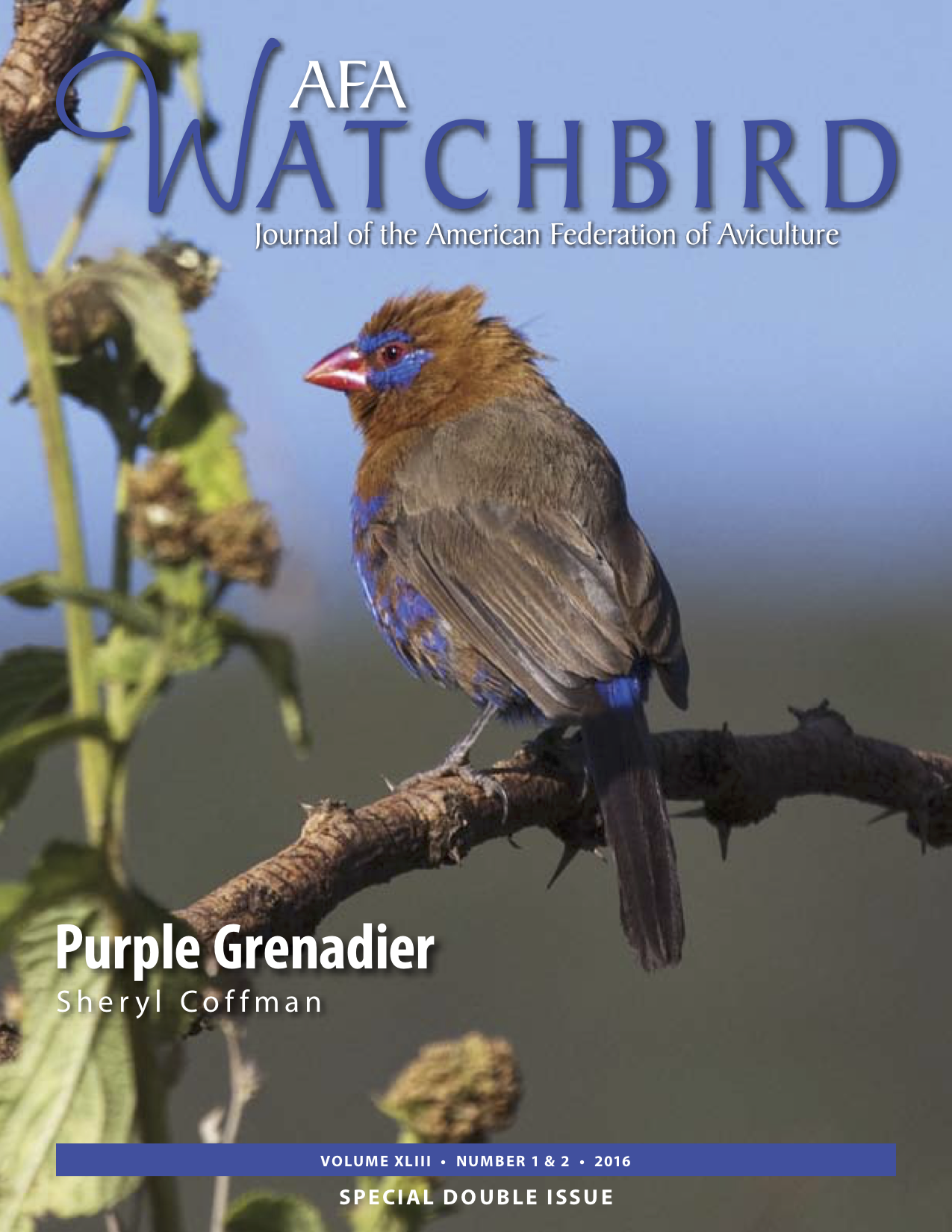Abstract
The world needs good-news stories about the environment, and this is certainly one of them. At the end of the 1990’s the Red- tailed Amazon (Amazona brasiliensis), a species endemic to the coastal Atlantic rainforest of south-east Brazil was under serious pressure. Its wild population had declined to probably less than 2,500 individuals, due to the illegal removal of chicks from nests to sell as pets, to the selective removal of trees favoured for nesting and to more general disturbance from tourism development.
In 1995 the Loro Parque Fundacion (LPF) started to support activities to monitor the population and to take the most appropriate action for immediate protection of the nests and habitat. This support has continued unbroken, resulting in 20 years of conservation for the Red-tailed Amazon. The first monitoring was undertaken by the Natural History Museum of Curitiba, in the state of Paraná where most of the population is found, with additional monitoring in the state of São Paulo by the São Paulo State University. On the island of Superagüi, for several years the LPF supported an important project of the Institute for Ecological Research (IPÊ) to eliminate the removal of chicks from nests by creating viable economic alternatives for the people living in the local communities.
Since 2005 the LPF has continued its conservation support in partnership with the Society for Wildlife Research and Environmental Education (SPVS) based in Paraná. Working in the area of Guaraqueçaba, where the most important breeding and roosting islands occur, SPVS monitors the reproduction of this key population, the constant presence of its researchers acting as a deterrent to any possible outsider attempting to rob nests. It not only monitors natural nests, but installs both wooden and PVC nest-boxes with great success for increasing the number of chicks fledging each year.
SPVS also connects with the local communities, by conducting an environment education programme, in partnership with the Department of Education and Culture of Guaraqueçaba, and by organizing technical support for local people to keep native bees and gain income from honey and other bee products. This is part of an agreement that the local people do not cut the favoured nest-trees of the amazons.
Finally, SPVS conducts an annual census of the Red-tailed Amazon in the non-breeding season in Paraná and Sao Paulo states. Within its limited coastal distribution, the Red-tailed Amazon nests and roosts on the mainly low-lying forested coastal islands. Every day the amazons fly inland from these islands to feed in the forests of the coastal hills, returning every evening. This behaviour enables an accurate...

